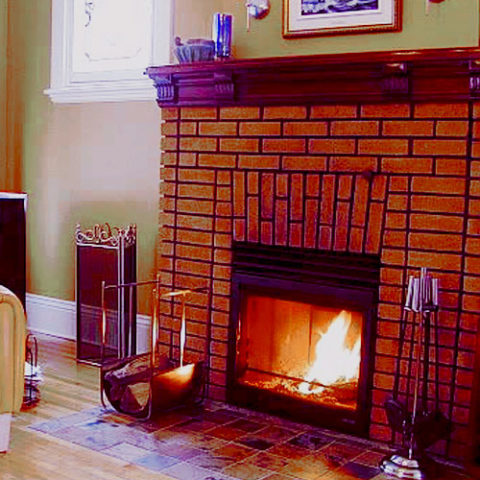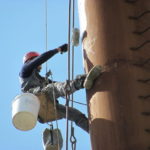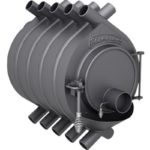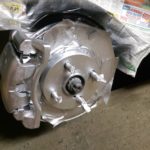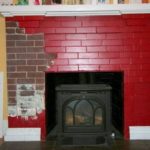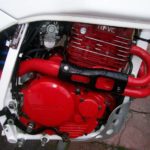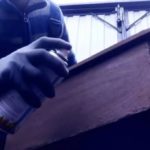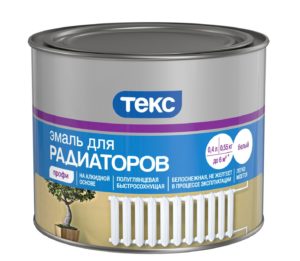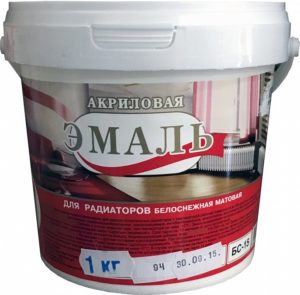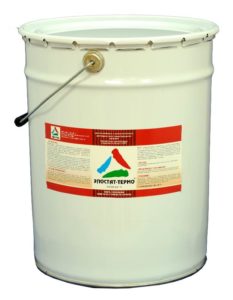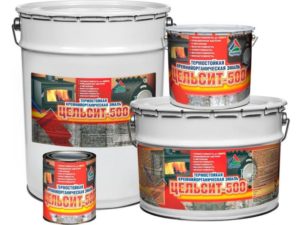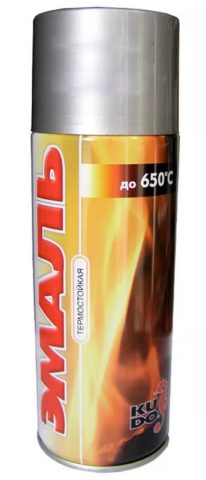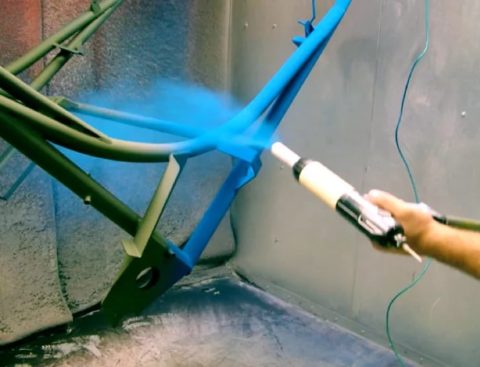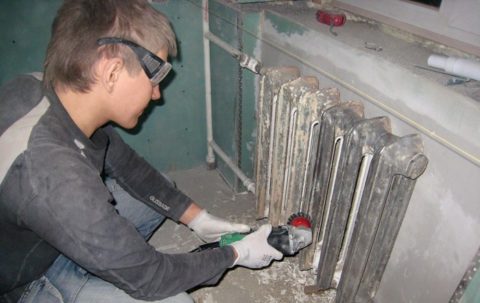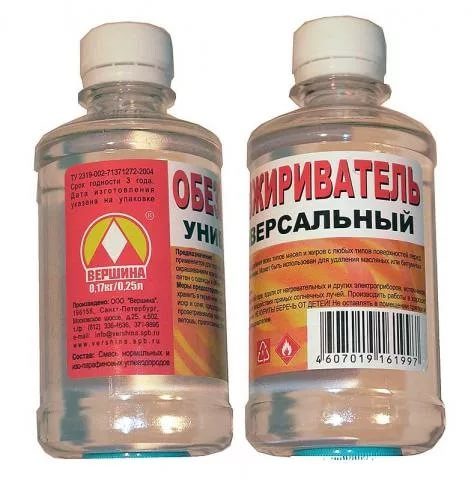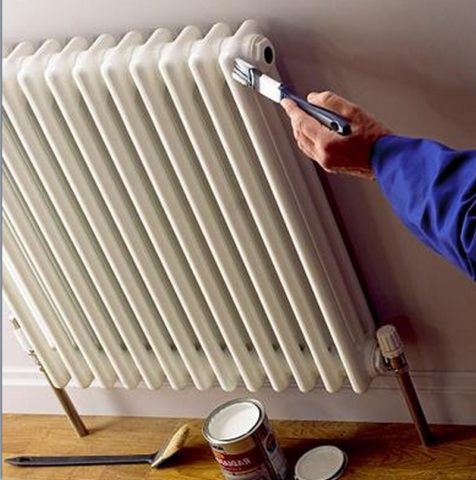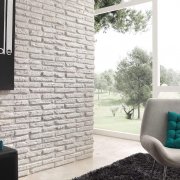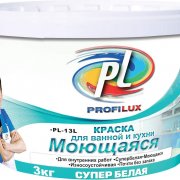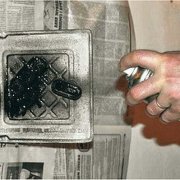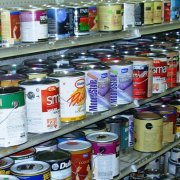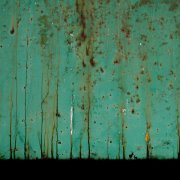Heat-resistant paint: requirements, types, tips for use
In industry, in the household, one often has to deal with the need to protect and give an attractive appearance to surfaces exposed to high temperatures. Conventional paints can not cope with this task. For these purposes, a wide range of thermal coatings of various compositions is produced, which do not lose their appearance at high temperatures.
Such paints are used in machine tool building, in space mechanical engineering, in the automotive industry, for coating heating boilers, pipelines, stoves, fireplaces. Heat-resistant paint for barbecue also very much in demand.
Such coatings relate to finishing materials, and are used for applying to various surfaces: brick, stone, metal - that is, materials subjected to heating up to several hundred degrees in accordance with operating conditions.
- Boiler pipe painting
- Heat-resistant paint oven
- Heat-resistant silver paint for calipers and brake discs
- Heat-resistant brick paint
- Paint for engines
- Brazier painting
The content of the article
Heat Resistant Paint Requirements
Thermal coatings should be:
- resistant to high temperatures, as well as temperature extremes;
- durable, wear resistant;
- anticorrosive;
- opaque;
- elastic;
- environmentally friendly;
- have good adhesion to the surface to be applied.
In some cases, additional requirements may be imposed on coatings: the possibility of tinting, ease of application, economy, resistance to aggressive environments, water resistance, and the ability to protect the surface from brittleness.
Types of heat-resistant paints
The most popular are thermal coatings available in cans, and heat-resistant spray paint. Canned paint is convenient when covering a large surface area, and spray in cans allows you to reach hard to reach places. The price of it depends on the form of release of the paint.
Depending on the composition, heat-resistant paints are:
| № | Title | Structure | Temperature range, description | Photo |
| 1 | Alkyd paint | Alkyd resin, solvent, pigments. fillers. | They withstand heat up to 100-150 degrees. | |
| 2 | Acrylic paint
| Acrylic resin, water, pigments, antiseptics, modifiers. | Withstand heat up to 100-120 degrees. | |
| 3 | Epoxy | Epoxy resin, polymers, pigments, organic solvents. | They are used for temperatures not exceeding 150-300 degrees, they are single-component or two-component. | |
| 4 | Silicone | Silicone resin, compounds of silicon and polymers, zinc or aluminum powder. When graphite is added, a heat-resistant black paint is obtained. | Temperature resistance up to 650 degrees. | |
| 5 | Epoxy ester, ethyl silicate | The basis is epoxy ester, ethyl silicate resins, the pigment is metal powder. | One-component paints, withstand temperatures of + 200 ... + 400 degrees. Apply in one coat. | |
| 6 | Special materials | Composed of silicate, quartz, high-silica glass, composite materials. | Resistant to temperatures of 900-1200 degrees. |
Let us consider in more detail what the most popular types of coatings are used for.
Alkyd coating
Such paint is well suited for application on radiators, heating pipes, on the outer surface of furnaces (in the absence of risk of flame ingress).
Paint Properties:
- unpleasant odor (it must be applied exclusively on a cold surface);
- good adhesion;
- service life about 10 years;
- drying time, depending on the manufacturer, 8-24 hours;
- elasticity;
- water resistance;
Alkyd coatings can be used for interior work, outdoors, or be universal. Glossy, semi-glossy and matte enamels are distinguished by the degree of gloss. Application Instructions declares consumption in the region of 80-100 g / m2. Alkyd paint heat-resistant is very popular.
Acrylic heat-resistant enamel
These paints are widely used for heating systems.
They are distinguished by:
- lack of smell;
- good hiding power;
- quick drying;
- the ability to select colors;
- water resistance;
- low consumption;
Like any heat-resistant water-based paint, it does not tolerate mechanical stress. Are applied to external and internal works. Consumption 100-120 g / m2.
Epoxy paint
Used for coloring stoves, fireplaces.
It is characterized by:
- water resistance;
- chemical resistance;
- durability;
- abrasion resistance;
- good adhesion.
Important! When using this paint on a brick base, first you need to apply a layer of epoxy primer.
It is usually applied in 2 layers. Enamel consumption 90-120 g / m2.
Silicone paint
This composition has another name - organosilicon paint. Well suited for painting chimneys, stoves, engine parts. Such a black matte enamel is perfect for processing the surface of the barbecue (see.Heat-resistant paint for barbecue - a great way to extend their life and create a mood on the site).
Enamel Properties:
- resistance to aggressive environments;
- water resistance;
- quick drying.
Consumption of the composition - 110-150 g / m2. It must be applied in a very thin layer. The recommended number of layers is 2-3. Such paint produced in spray cans is very popular.
Epoxy ester, ethyl silicate paint
These paints are used for processing barbecue, barbecue, other equipment operating in a suitable temperature range. They protect well against weathering, have chemical resistance, protect against corrosion.
Special colors
Not so long ago, heat-resistant paints appeared up to 1000 degrees with long-term, and up to 1200 degrees with short-term exposure. They are used as coatings for afterburners, combustion chambers, flame tubes. They have excellent adhesion, strong chemical bonding, and stability in high-speed aggressive gas flows.
Important! This type of paint is not used in everyday life, since the application process involves the availability of special equipment.
In industrial conditions (most often) heat-resistant powder paint. It is applied using special equipment by electrostatic or tribostatic spraying. After that, the melting and polymerization of the paint takes place in special polymerization chambers.
Consider applying heat-resistant paint:
- Surface preparation to do it yourself.
Before proceeding with the coating, the surface of the product should be cleaned of dirt, paint residues, and rust. To do this, you can use sandpaper, a grinder, a grinder, a sandblasting machine, solvents.
After removal of defects, the surface should be degreased with a solvent.
After degreasing, immediately start painting (until dust has settled on the cleaned surface)
- Painting
The coating can be applied with a brush, roller, spray gun or spray from a spray can.
Everything, the product can be left to dry. To get a better idea, we suggest watching the video in this article:
Heat Resistant Paint Manufacturers
The most famous manufacturers whose products are presented on our market are:
- Rust-oleum;
- Hammerite;
- Certa
- Tikkurila;
- Elkon
- Kudo;
- Thermic.
The choice of paints, with the help of which coatings resistant to high temperatures are created, is large, large: heat-resistant water-based emulsion paint, powder, epoxy. Before purchasing them, the temperature regime in which the object in question and the properties of the materials will be operated should be analyzed.
